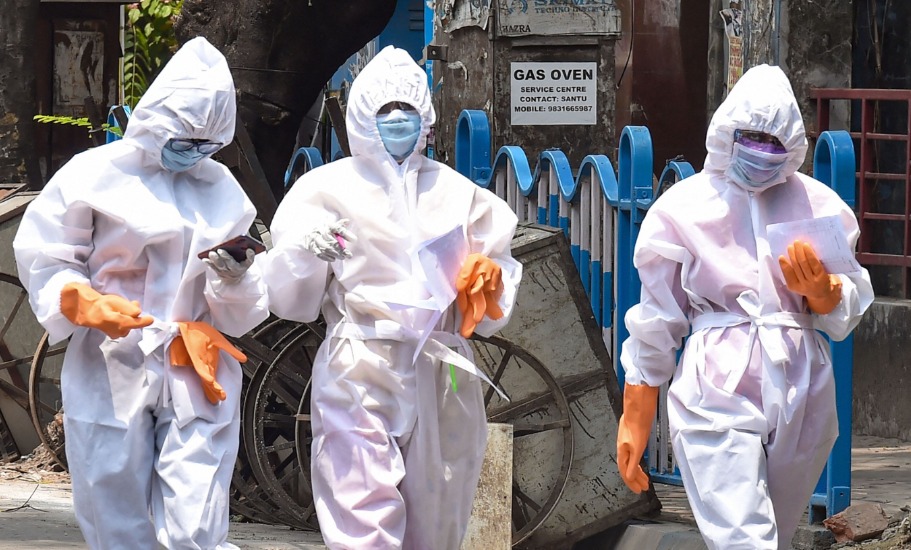
Most districts in Gujarat, MP, West Bengal vulnerable to COVID-19, reveals study

Most districts in Bihar, Jharkhand, West Bengal, Odisha, Madhya Pradesh, Chhattisgarh, Gujarat, along with adjoining districts in Rajasthan and Maharashtra are more vulnerable to COVID-19, according to research by a not-for-profit public health organisation.
High-vulnerability districts are those where COVID-19 is likely to spread rapidly, while also remaining undetected for longer periods. Moderate vulnerability to the virus is seen in northern districts of Karnataka, eastern Maharashtra, Telangana, Andhra Pradesh and eastern districts of Tamil Nadu, according to the research conducted by Swasti which takes a closer look at factors that make certain geographies and communities more vulnerable than others.
The districts of Kerala, Himachal Pradesh, Haryana, Uttarakhand, Punjab, Jammu and Kashmir, and most districts of the Northeastern states show relatively low vulnerability scores, the survey said. “While Indians widely recognise the risk factors that apply to individuals such as comorbidities and age, they have a limited understanding so far of other factors, at a community, demographic and/or environmental level, may result in higher risk of infection,” Swasti said in a statement.
According to a global research, there are 15 indicators that affect the vulnerability of COVID-19 infection i.e. socio-economic factors like low income or education levels, demographic factors such as population density and urbanisation, health and hygiene variables like anaemia levels or practising handwashing, and environmental dimensions including temperature and relative humidity.
These variables, taken together, could account for 74 per cent of the variation in vulnerability to infection, the study by Swasti said. “Post combating the scores of different variables, we arrived at a Vulnerability Index score for each district. The vulnerability index highlights that there is a stark difference between the number of reported cases and the actual vulnerability of communities in these districts,” Dipankar Bhattacharya, Knowledge Catalyst at Swasti, said.
The study suggests that most of the districts in Bihar, Jharkhand, West Bengal, Odisha, Madhya Pradesh, Chhattisgarh and Gujarat, and adjoining districts in Rajasthan and Maharashtra show high vulnerability scores. The vulnerability index scores independent of the reported number of cases clearly indicate that many districts are already in a precarious condition, the study says.
The districts with higher vulnerability scores are typically characterized by poor socio-economic conditions, chronic poverty, and weak health systems, it said. “The objective of the study is to minimise the impact of the pandemic and to do that its critical that we use our understanding of relative vulnerability to complement available data on exposure to infection,” Dr Angela Chaudhuri, Partner, Swasti, said.
RELATED NEWS: As Modi pours out old wine, he takes Nehru for company
The research provides a footprint to vulnerability index-based risk mapping, which is a useful measure to predict where it is most critical to be cautious, and to protect and prioritise strengthening health system capacity, Chaudhuri said. The study has been conducted by Dipankar Bhattacharya and Dr Angela Chaudhuri with support from Ismail Haque, Doctoral Research Fellow, Centre for the Study of Regional Development, Jawaharlal Nehru University and Rhea John, Learning Catalyst at Swasti.

